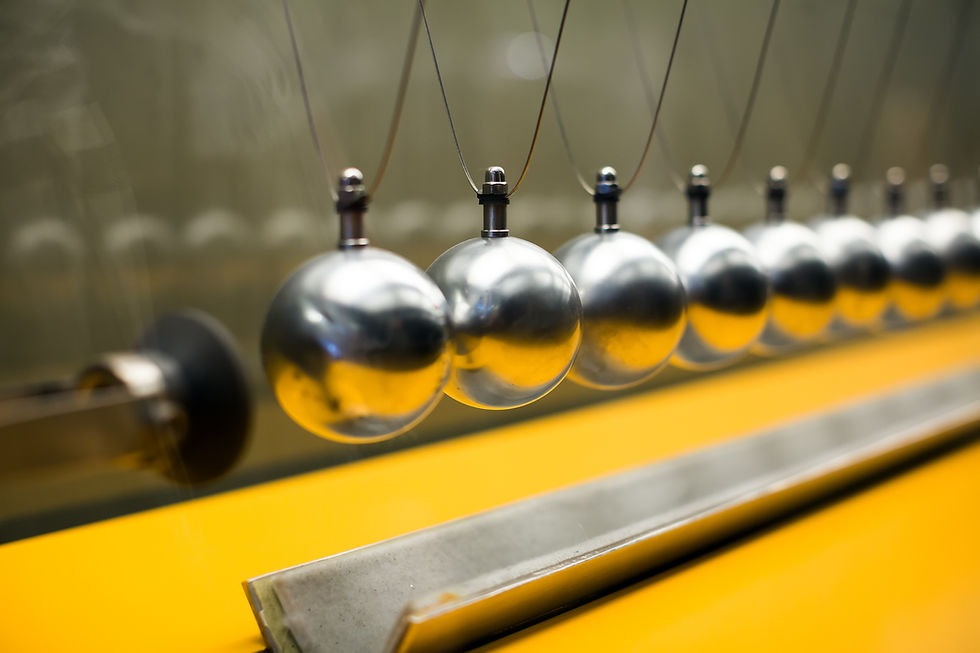The Bright Future of Prosthetics
- Swatej Amanaganti

- Mar 14, 2021
- 3 min read

Prosthetics. After coming home from war, veterans suffer from extensive injury from either their arm or leg. As a result, their leg will need to be amputated. However, as new technologies advance, prosthetics have become the true way for veterans or people who are handicapped to have an opportunity to walk or to play golf.
The future of prosthetics is inevitable. It is even proven from various studies that prosthetics are helping to improve nerve function and restore full movement. According to the New England Journal of Medicine, they have currently been testing out their new neuromusculoskeletal arm prosthesis.
“We report the effects of the implantation of neural and muscular electrodes to provide control and somatosensory feedback to an osseointegrated arm prosthesis in four patients, three of whom had a clinical follow-up. The prosthesis was effective during the performance of activities of daily living without supervision and allowed intuitive somatosensory feedback.”
They have created tests for their subjects on performing daily activities, some even requiring the full use of a normal arm. The prosthetic arm provided almost the exact same movement as the original arm and was able to have almost a full range of motion.
Even though prosthetics can practically restore the arm or the leg, there is always phantom pain. Phantom pain is the neurological sensation that primarily occurs with those without limbs. It is a phenomenon where a person feels the pain of losing their limb is still there, but the leg is completely gone. This unknown sensation has recently been discovered that the main cause of this pain is undergoing physical trauma. Most veterans experience phantom pain because they come home without limbs and after being in a bomb blast or getting harmed in a severe crash, their brain has experienced enough pain and trouble that the phantom pain occurs in the limbs instead. In addition, trauma isn’t the only cause of phantom pain. Recent studies from Mayo Clinic have conducted studies and found that “the exact cause of phantom pain is unclear, but it appears to come from the spinal cord and brain. During imaging scans — such as magnetic resonance imaging (MRI) or positron emission tomography (PET) — portions of the brain that had been neurologically connected to the nerves of the amputated limb show activity when the person feels phantom pain” (MayoClinic 2020). The result from the nerve connections to the limb causes phantom pain and the brain undergoes that trauma as though that person is reliving that experience. However, prosthetics provide a way to ease or block out phantom pain and gives the user a sensation that their limb is still there.
Once the prosthetics are placed, they aren’t necessarily connected to nerves. Rather, they are “connected through the mind through electrical muscle and nerve signals are sent across the body to activate the prosthetic, which eventually get captured by electrodes.” (ScienceDaily 2020). Electrodes are stimulations of electrical energy applied to opposing nodes and they create a flow of potential gradients, which reaches and activates neural responses. As a result of the strong responses, those with prosthetics will have almost a full range of motion, no skin issues, in which the sensation of the prosthetic affecting the skin will be harmless, and the more advanced prosthetics are even waterproof, so they can’t short circuit.
Overall, prosthetics have been the current foundation for those who have amputated limbs and provide a promising upcoming for those who have no limbs whatsoever. Current research and tests are still being conducted to figure out better ways for controlling and are trying to create replicas of the original limb. But for now, prosthetics are certainly the right path for those who lost their limbs and are trying to be whole again.
Sources
Kwon, Diana. “Vibrations Restore Sense of Movement in Prosthetics.” The Scientist Magazine®, www.the-scientist.com/notebook/vibrations-restore-sense-of-movement-in-prosthetics-64691.
Ortiz-Catalan, Max, et al. “Self-Contained Neuromusculoskeletal Arm Prostheses.” New England Journal of Medicine, vol. 382, no. 18, 2020, pp. 1732–1738., doi:10.1056/nejmoa1917537.
MayoClinic. “Phantom Pain.” Mayo Clinic, Mayo Foundation for Medical Education and Research, 29 Oct. 2020, www.mayoclinic.org/diseases-conditions/phantom-pain/symptoms-causes/syc-20376272
ScienceDaily. “Mind-Controlled Arm Prostheses That 'Feel' Are Now a Part of Everyday Life.” ScienceDaily, ScienceDaily, 30 Apr. 2020, www.sciencedaily.com/releases/2020/04/200430110321.htm



Comments